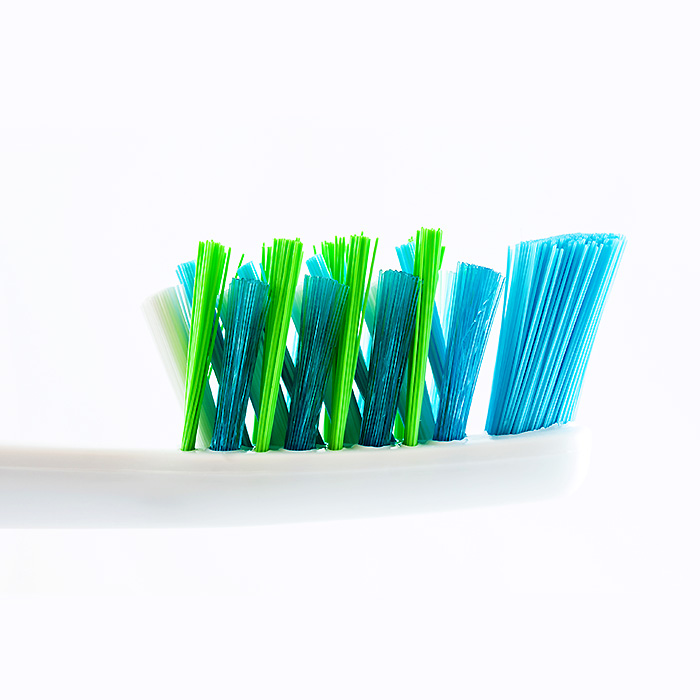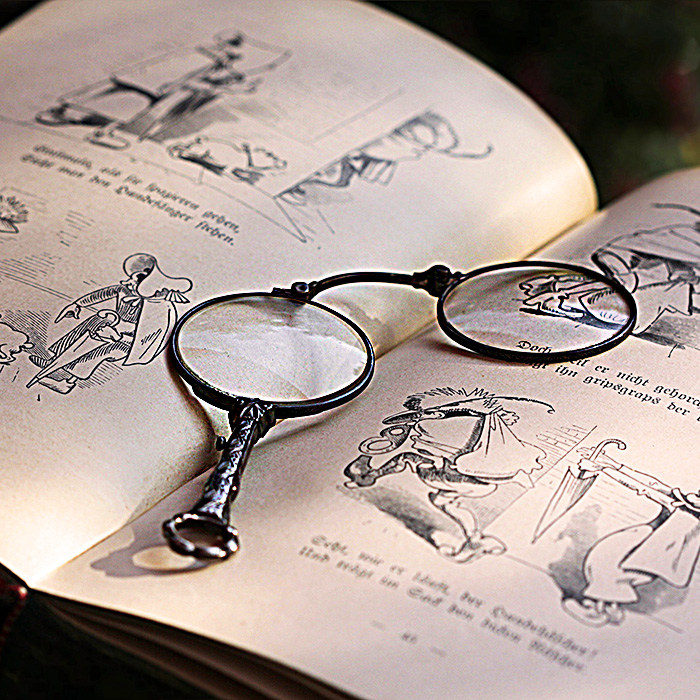
WITH ALL THE AMAZING technology we see today, it’s easy to overlook the small wonders of the world—like the toothbrush! This small, but remarkable invention is the staple of our oral hygiene and health. Join us on a journey through time as we explore the way the toothbrush has changed across the ages!
Ancient Civilizations Used Sticks to Clean Their Teeth
Today, we understand the importance oral hygiene plays in our overall health. But even over 5,000 years ago people recognized the need for some type of oral care. Babylonian and Egyptian civilizations around 3500-3000 B.C. made “toothbrushes” by fraying the end of sticks and chewing on them!
Later, the Chinese made similar chewing sticks from aromatic tree twigs that were meant to freshen breath. People didn’t just use sticks, however. Bird feathers, animal bones and even porcupine quills were used to pick at food debris in the teeth.
The First Toothbrushes Were Made with Pig Hair
The first mention of an actual brush to clean teeth appears in Chinese writings around the 13th century. Bamboo or animal bone was used as the handle of the toothbrush and pig hair formed the bristles. Toothbrushes weren’t widely used or produced, however, until a couple hundred years later.
Around the year 1780, an Englishman named William Addis was sitting in his prison cell thinking of better ways to clean our teeth than rubbing them with a rag full of soot and salt (yuck!). He carved a handle out of animal bone, made some holes at the top and tied swine bristles to it. When he got out of prison, he turned toothbrush production into a business and made a fortune!
The Modern Toothbrush Continues to Evolve Today
As appetizing as pig hair sounds, aren’t you glad toothbrushes nowadays are made with nylon bristles? Nylon was invented in 1938 and by the 1950s, toothbrushes began to look and feel more like they do today. More technological advances made it possible to develop toothbrushes even further, and the electric toothbrush made its way to the United States in 1960.
People are still looking to drive toothbrush technology forward. New apps are being created all the time to make toothbrushing easier and more enjoyable. It even looks like built-in cameras may be in the future of toothbrushes!
https://www.youtube.com/watch?v=deOqWyRp-XI?rel=0
The Toothbrush: One of Man’s Greatest Inventions?
The idea of the toothbrush was simple, but there’s no doubt it has greatly contributed to our oral and overall health. In fact, when a group of people were asked which invention they could not live without, the toothbrush beat out the car, computer, cell phone and microwave!
So, don’t take your toothbrush for granted. Use it twice daily for a full two minutes!Your pearly whites will thank you.



